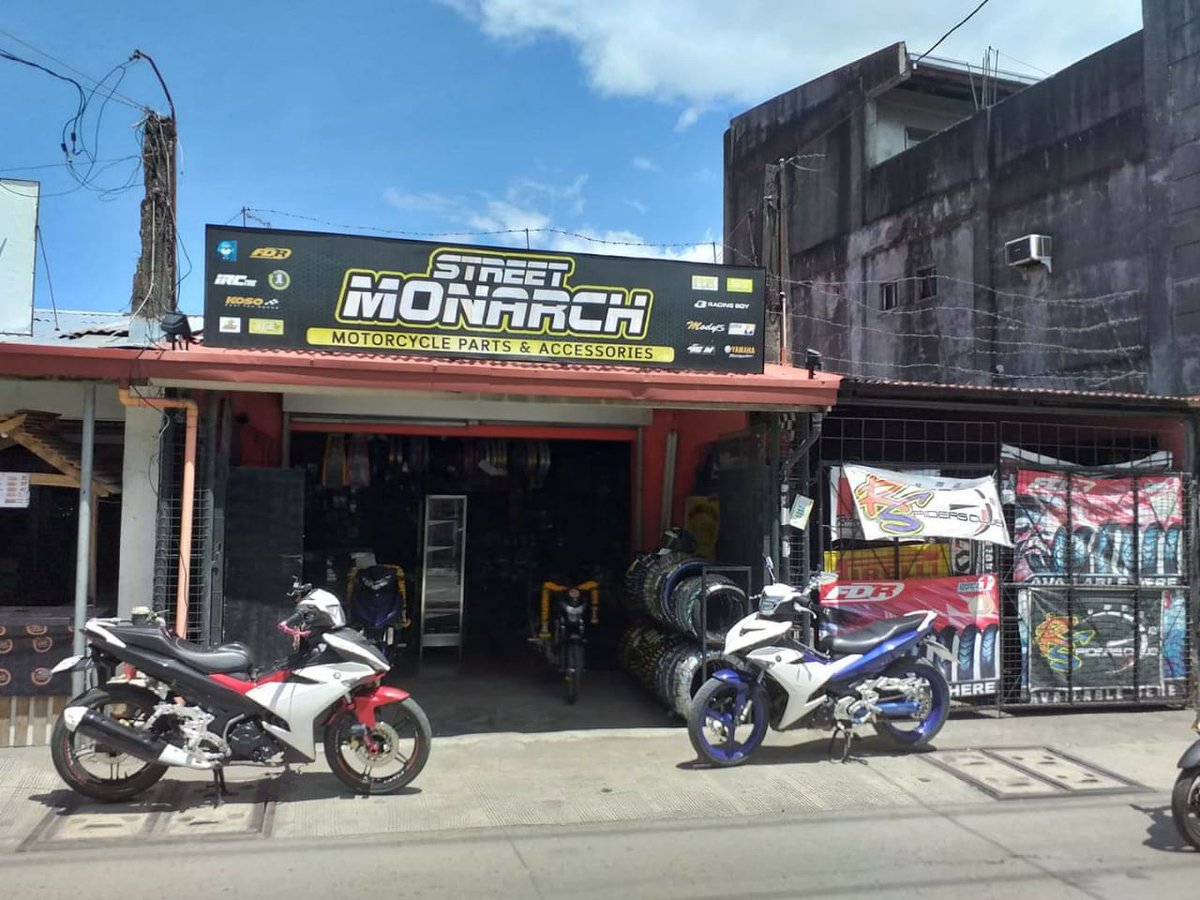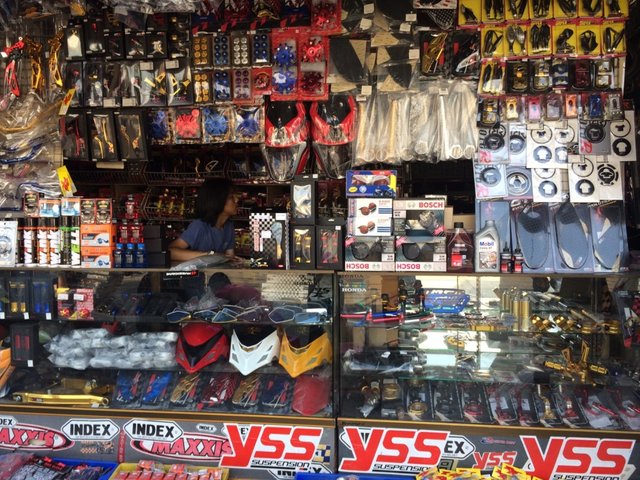Check Out the most up to date Motocross Gear NZ for Every Degree of Rider
Check Out the most up to date Motocross Gear NZ for Every Degree of Rider
Blog Article
Recognizing the Vital Parts of a Bike: A Comprehensive Guide for Fanatics
For motorbike enthusiasts looking to elevate their riding experience and guarantee their bikes run efficiently, understanding the vital parts of a motorbike is critical. Each element, from the engine's detailed functions to the critical duty of the stopping mechanisms, not just influences efficiency however likewise safety and security and comfort. This overview will certainly stroll through the essential components that every biker must be acquainted with, making it possible for informed options in both upkeep and possible upgrades. As we begin this exploration, one must ask: exactly how does each part engage to produce the seamless adventure every lover looks for?
Engine Parts

The camshaft plays a vital role in controlling the timing of the engine's valves, guaranteeing the precise opening and closing necessary for reliable fuel and air intake, along with exhaust expulsion. This timing is critical to keeping optimal engine efficiency and efficiency. Additionally, the carburetor or gas injection system, depending upon the bike version, is accountable for blending air with gas in the appropriate ratio for combustion.
The air conditioning system, either air or liquid-based, functions to maintain the engine's temperature within functional limits, preventing overheating and ensuring long life - motox parts nz. Each component, thoroughly designed and integrated, adds to the seamless operation of the engine, specifying the motorbike's power result and overall performance
Transmission System
Essential to the bike's capability, the transmission system ensures effective power transfer from the engine to the wheels. This system comprises numerous important parts, consisting of the clutch, gearbox, and final drive, each playing an essential duty in translating the engine's power into movement. The clutch, normally run by a hand lever, offers to disengage the engine and engage from the transmission, enabling smooth equipment changes and regulated acceleration.
The transmission, usually described as the transmission correct, contains a set of gears that riders can manually change through to readjust the bike's rate and torque result. These equipments are organized in a sequence that makes it possible for the motorcycle to increase smoothly and maintain optimal engine efficiency across different speeds. Many motorbikes utilize a consecutive transmission, needing the cyclist to move gears in an established order.
Braking Devices
While understanding the transmission system is key to utilizing a bike's power, just as vital is the capacity to control and stop that power efficiently, which is where stopping systems come into play. Brakes are crucial for security and efficiency, giving the biker with the required control to browse various terrains and conditions. Typically, bikes include two types of stopping systems: disc brakes and drum brakes.
Disc brakes are much more prevalent in modern motorcycles as a result of their remarkable efficiency. They contain a brake disc, caliper, and pads. When triggered, the caliper squeezes the brake pads versus the rotating disc, converting kinetic energy into warmth, consequently slowing down the wheel. This system provides far better heat dissipation, constant performance, and boosted quiting power, especially in damp conditions.
Conversely, drum brakes, though much less common, are still discovered in some motorcycles. They work by pushing brake footwear versus the internal surface area of a drum connected to the wheel. While usually much less effective in warmth dissipation and quiting power, drum brakes are easier and extra cost-efficient.
Recognizing these braking systems' nuances allows bikers to keep their motorbikes correctly and value the engineering that makes sure safe and efficient stopping.
Suspension and Steering
Suspension and steering systems are important parts that substantially affect a bike's handling and ride convenience. The shock absorber, including forks at the front and shock absorbers at the back, absorbs road irregularities, improving stability and control. Front forks, generally telescopic or inverted, compress and rebound to mitigate impacts, while rear shock absorbers preserve tire call with the roadway, crucial for traction and safety and security.
Guiding, focused around the handlebars, links the rider to the motorcycle's directional control. The guiding head bearings make sure smooth procedure, permitting precise maneuverability. Correct positioning and maintenance of these bearings are essential for foreseeable guiding response and decreasing cyclist tiredness.
The suspension's adjustability is one more crucial aspect; preload, damping, and rebound settings enable customization to match numerous riding designs and problems. This flexibility is necessary for maximizing performance, whether navigating metropolitan streets or dealing with rugged trails. Technologies like electronic shock absorber supply real-time changes, enhancing Discover More ride high quality across varied surfaces.

Electric Systems
After ensuring a controlled and smooth adventure with reliable suspension and guiding systems, interest transforms to the electric systems, a critical element of modern-day motorbikes. These systems play an essential function not only in beginning the engine but likewise in powering numerous parts that enhance the functionality and safety and security of the motorbike.
At the heart of a motorcycle's electrical system is the battery, which stores electrical energy needed for starting the engine and powering auxiliary systems - motox parts nz. The alternator or generator, combined with the rectifier-regulator, guarantees the battery remains billed while the motorcycle is helpful site in operation, transforming mechanical power into electric energy and maintaining voltage degrees
The ignition system, one more crucial part, is accountable for sparking the air-fuel mix in the engine's cylinders. Modern bikes commonly utilize a digital ignition system, supplying greater efficiency and dependability contrasted to typical systems.
Lights systems, including fronts lights, tail lights, and indicators, are also crucial, making certain visibility and security for the biker. Additional dirt bike steering stabilizer digital elements such as sensors, control units, and presents add to sophisticated attributes like gas injection monitoring, anti-lock braking systems (ABDOMINAL MUSCLE), and electronic dashboards, better boosting the riding experience.
Conclusion
A complete understanding of a motorbike's crucial parts, consisting of the engine, transmission system, stopping mechanisms, suspension, guiding, and electrical systems, is indispensable for fanatics aiming to enhance safety and security, comfort, and performance. Proficiency of these elements enables educated choices pertaining to upkeep and upgrades, ultimately enhancing the riding experience. By integrating this expertise, cyclists can ensure their motorbikes run at peak performance and reliability, consequently optimizing both satisfaction and long life of their cars.
For bike fanatics looking to elevate their riding experience and ensure their bikes run efficiently, recognizing the important elements of a motorbike is vital.Essential to the bike's capability, the transmission system guarantees reliable power transfer from the engine to the wheels.While recognizing the transmission system is essential to utilizing a motorbike's power, similarly vital is the capability to control and quit that power efficiently, which is where stopping devices come into play. Generally, motorbikes feature 2 types of braking systems: disc brakes and drum brakes.
An extensive understanding of a motorbike's important components, including the engine, transmission system, stopping devices, suspension, steering, and electric systems, is vital for fanatics aiming to enhance efficiency, comfort, and safety and security.
Report this page